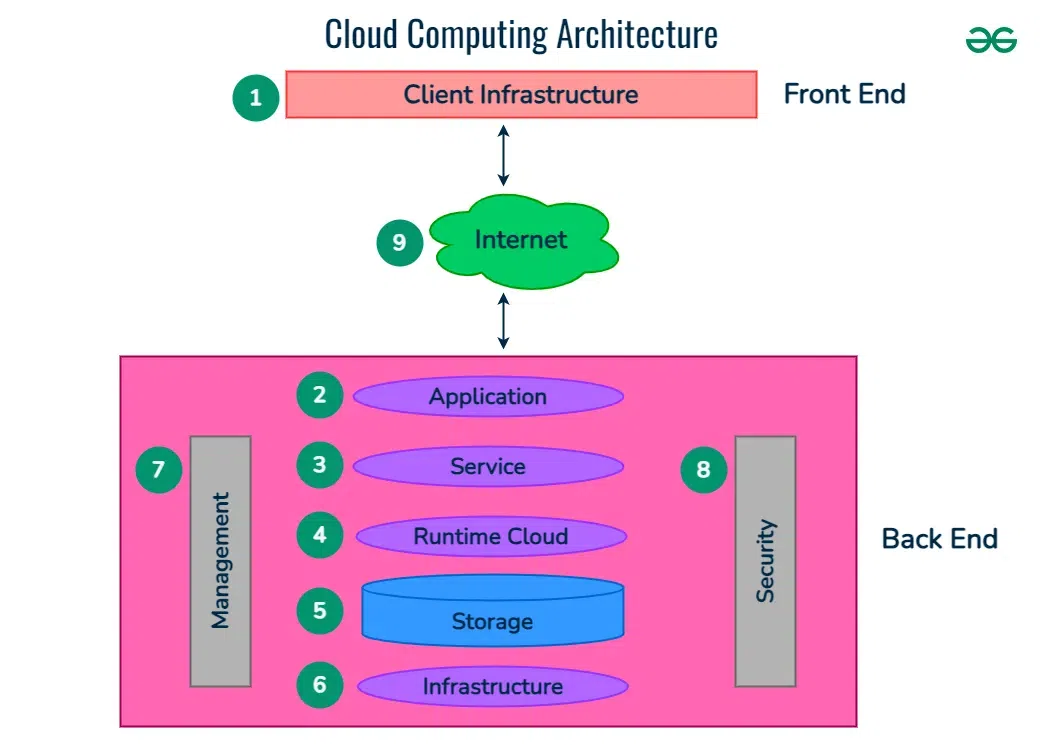Comprehensive Cloud Services: Boost Efficiency and Safety And Security for Your Firm
Comprehensive Cloud Services: Boost Efficiency and Safety And Security for Your Firm
Blog Article
Achieve Seamless Scalability With Cloud Services
In the ever-evolving landscape of cloud services, accomplishing smooth scalability stands as a keystone for contemporary organizations seeking to stay competitive and versatile. The capacity to easily broaden or acquire resources in reaction to transforming needs is a crucial benefit in today's fast-paced digital setting. By mastering the art of scalable cloud services, companies can not only maximize performance and improve operations but also pave the means for future development and innovation. The mission for seamless scalability with cloud solutions unveils a globe of possibilities for those ready to embrace the transformative power of dynamic source monitoring.
Advantages of Cloud Scalability
Cloud scalability offers companies the flexibility to dynamically adjust resources based on need, making certain ideal performance and cost effectiveness. One crucial advantage is the ability to scale sources up or down rapidly in feedback to varying workloads. This dexterity allows organizations to meet changing client demands without over-provisioning resources, ultimately resulting in cost savings. Scalability also enhances performance by ensuring that systems can take care of increased traffic or workload without experiencing downtime or stagnations. By successfully assigning resources, organizations can preserve high degrees of performance during peak times without unnecessary costs throughout quieter periods. Furthermore, cloud scalability promotes innovation and experimentation by permitting services to easily check originalities and range them as needed. This flexibility encourages a culture of constant renovation and adjustment, allowing organizations to stay competitive in a rapidly developing market landscape. Ultimately, the benefits of cloud scalability extend past price savings to include enhanced performance, agility, and development.
Trick Functions for Scaling
Efficient scaling in cloud solutions relies upon key functions that enable organizations to change resources dynamically based upon demand. One vital attribute for scaling is flexibility, enabling sources to scale up or down in reaction to changing workloads. This makes certain that organizations can satisfy performance needs without over-provisioning resources. An additional vital function is scalability, allowing systems to deal with enhanced work by including resources flawlessly. This feature is vital for suiting growth without jeopardizing performance. Furthermore, automation plays an essential role in scaling by automating the provisioning and de-provisioning of resources based upon predefined plans. Automation decreases human intervention, improves effectiveness, and ensures fast action to transforming needs. Monitoring and analytics tools are also necessary for scaling, providing insights into resource usage, efficiency metrics, and potential bottlenecks. These tools enable organizations to make educated choices and enhance resource allotment for effective scaling. In general, these key features collectively encourage organizations to accomplish seamless scalability in cloud services.
Carrying Out Auto-Scaling Techniques
To efficiently maximize source allowance and adapt to varying work, organizations have to purposefully carry out auto-scaling approaches in their cloud solutions framework. Auto-scaling permits systems to instantly adjust the number of calculate sources based upon real-time demand. There are numerous auto-scaling approaches that organizations can utilize, such as anticipating scaling, which utilizes historic data to forecast future resource demands, and responsive scaling, which replies to present work adjustments.

Ideal Practices for Scalability
For companies intending to enhance their scalability in cloud solutions, carrying out ideal methods is important for optimal efficiency and source monitoring. One secret finest practice is making applications with a microservices style. This technique breaks down applications into smaller sized, independent solutions that can be released, updated, and scaled independently, enabling for better versatility and scalability.
One more important method is utilizing containerization innovation, such as Docker click this site or Kubernetes. Containers enable the product packaging of applications and their dependencies right into isolated units, making it less complicated to scale elements individually and deploy them constantly across various environments.
Furthermore, implementing automated implementation and facilities as code (IaC) can streamline scalability efforts (linkdaddy cloud services). Automation tools like Terraform or Ansible assistance in provisioning and managing resources successfully, reducing hands-on mistakes and making it possible for fast scalability
In addition, monitoring performance metrics, establishing notifies, and performing routine ability preparation are vital practices to make certain proactive scalability administration. By sticking to these ideal techniques, companies can attain smooth scalability in their cloud services while enhancing performance and resource usage.
Tracking Efficiency Metrics
When assessing the efficiency of cloud solutions scalability, carefully his response keeping an eye on efficiency metrics is vital for guaranteeing ideal performance and resource allotment. By continually tracking key efficiency indications (KPIs) such as action times, latency, throughput, and source use, companies can get useful insights into the health and efficiency of their cloud framework. Checking performance metrics enables the very early discovery of potential traffic jams or issues that could influence scalability, making it possible for positive measures to be taken to address them prior to they intensify.

Verdict
In conclusion, accomplishing seamless scalability with cloud services is essential for companies to optimize performance, boost advancement, and preserve high performance degrees throughout peak times. By leveraging the benefits of cloud scalability, executing auto-scaling techniques, using redirected here crucial functions such as flexibility and automation, and adhering to ideal practices like application style and performance surveillance, services can effectively scale their systems while taking full advantage of resource application and performance.
The pursuit for smooth scalability with cloud solutions unveils a globe of possibilities for those eager to accept the transformative power of dynamic source administration.
Cloud scalability offers companies the versatility to dynamically adjust sources based on demand, ensuring ideal efficiency and cost effectiveness. Another crucial function is scalability, allowing systems to handle boosted workload by adding sources seamlessly.For companies intending to enhance their scalability in cloud solutions, executing best methods is crucial for ideal efficiency and resource administration.When assessing the performance of cloud solutions scalability, closely keeping track of efficiency metrics is crucial for ensuring ideal capability and resource allowance.
Report this page